5 top urban street trees we plant
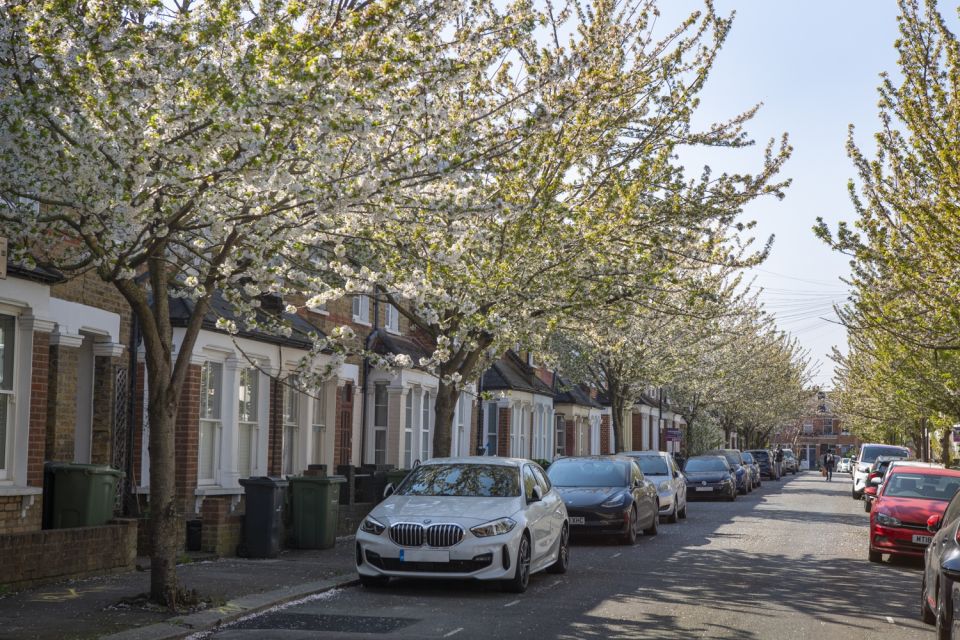
"Right tree, right place” is a mantra any tree specialist worth their salt will know. At Trees for Cities, we often we get asked what kind of trees we plant, so here we share some of the top tree species that we strategically select, and why they’re fit for purpose.
It won’t be a surprise to learn that concrete is not a natural environment for a tree, and the fact that they survive (sometimes flourish!) is worth being extremely grateful for, because it means we can bring the amazing benefits of trees close to the places we live. Trees face daily challenges such as pollution, poor soil quality and lack of water, and yet are still able to provide us with fresh oxygen, give us shade during hot weather and help with flood management.
This means the trees we choose to plant have to be tough cookies. We take a different approach when planting in parks and green spaces, but today, let’s look at the troopers surviving in our toughest environments – our streets.
Cherry trees
Prunus
The much-loved ornamental cherry trees make for great street trees because of the beautiful display they put on from spring to autumn. Between March and May, clouds of white and pink flowers brighten up towns and cities across the country, providing nectar for insects and snacks for birds.
Where to see them
- Head over to Watts Grove in East London in late spring to see some mature prunus Amanogawa we planted over 20 years ago transform this small side street into a blossoming garden!
- Margate Road in South London is a spectacular sight in mid spring as the whole street becomes an avenue of prunus Umineko blossoms.
- Check out our blossom viewing guide for a more comprehensive list!

Field maple
Acer campestre
The field maple is the UK’s only true native maple, though the ones often planted in streets and town centres are cultivars, such as Elsrijk, Elegant and Redshine, bred specifically to better survive urban environments. They suit almost any soil type and can deal with times of drought, a real asset due to the urban heat island effect, where cities suffer from hotter temperatures
Where to see them
- Head to Doddington Place, SE17 in London, on a sunny day to see the cooling shade these trees we planted back in 2009 are now providing this urban street.
- For a vibrant red autumn display, Sheffield’s Peace Garden maples add a beautiful splash of colour around October.
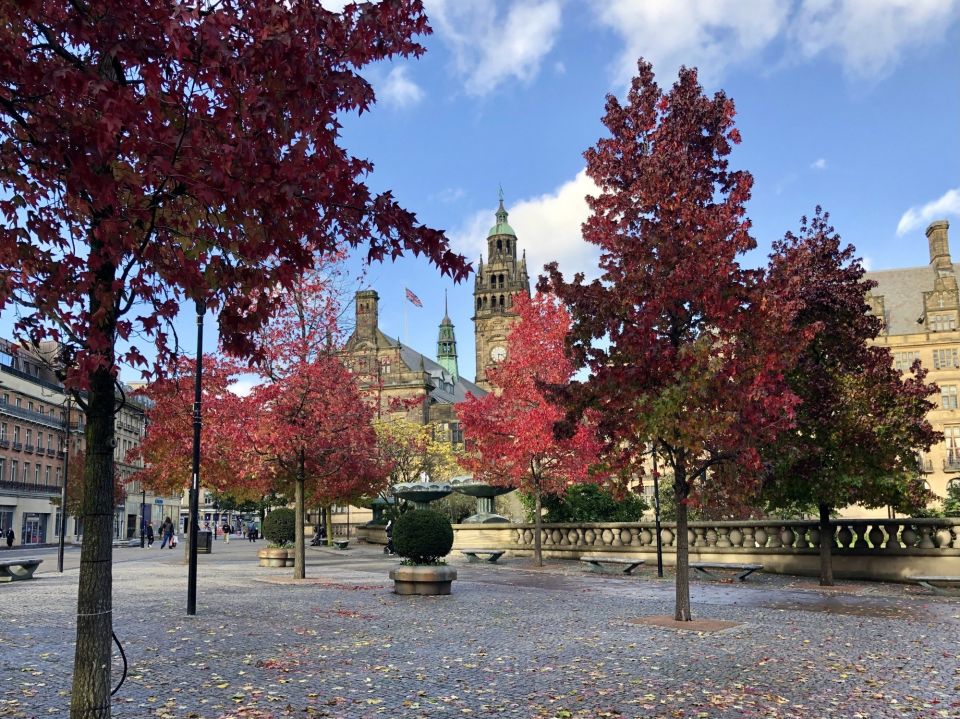
Maidenhair tree
Ginkgo biloba
A living fossil, the ginkgo is the last living species in the order Ginkgoales, which first appeared over 290 million years ago. If they could survive the dinosaurs, they can survive our cities!
They hail from East Asia, where they’ve been known to grow over 50 metres tall and live for thousands of years. In our urban environments, they rarely grow above 30 metres, and can endure extreme weather temperatures and disease, making them fantastically hardy trees for streets that have a bit more space for them. Although they aren’t providing our native critters with much sustenance, their strong branches make for great homes for birds and squirrels seeking refuge from the roads.
Where to see them
- Check out the thriving ginkgos on Lamb Street outside of Spitalfields Market that we planted back in 2002.
- Head to Old Market Square in Nottingham in late autumn for a glorious display of urban ginkgos in their golden autumnal colours.
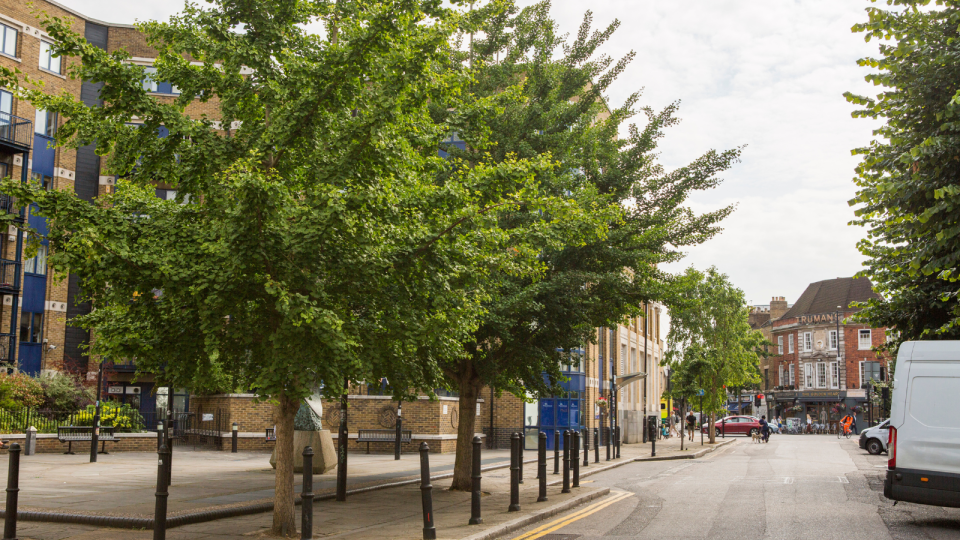
Small leafed lime
Tilia cordata
Whilst you won’t find citrus fruits growing on this tree, it is still a fantastic option for pollinators. It is loved by aphids, who in turn are loved by predators such as ladybirds and some bird species.
For us humans, the flowers make a tea, which came in handy during World War II when tea leaves were scarce. The young leaves are also edible and can be used as a base for salads, or put in a sandwich!
Where to see them
- We planted two small leafed limes outside of the Job Centre Plus, on Newington Causeway in London back in 2005, where they're still thriving
Disease-resistant elms
Ulmus procera were once a common sight in our towns and cities, but Dutch elm disease has wiped out roughly 20 million of these beloved trees in the UK alone, so understandably were not the tree of choice for new planting projects for a long while.
Fortunately, disease resistant cultivars have been around for many years and elms are becoming a more common sighting.
Where to see them
- We planted three elm cultivars in Yeo Street in East London in 2010, where they’ve been protected from the intensive development that part of London has seen over the last decade.
- The famous elm of Marylebone High Street still stands today, estimated to be over 150 years old. It’s survived Dutch elm disease and everything else inner city London has to throw at it!

Supporting the trees
As our climate changes, so do the species of trees we plant. This list may look very different in a decade or so!
Do you know any examples of these trees you’d love to see listed here? Get in touch with us over on social media @TreesforCities
Interested in sponsoring your own street tree? Find out about our Trees for Streets tree sponsorship scheme.
Love trees and need more of them in your life? Sign up to our monthly mailing list Tree Times for a dose of green goodness in your inbox.
Additional reading
-

Intreeducing: The Mighty Oak
14 November 2025
Discover the mighty oaks, from ancient forests to modern landscapes, and why these majestic trees are celebrated as icons of resilience and hope.
-
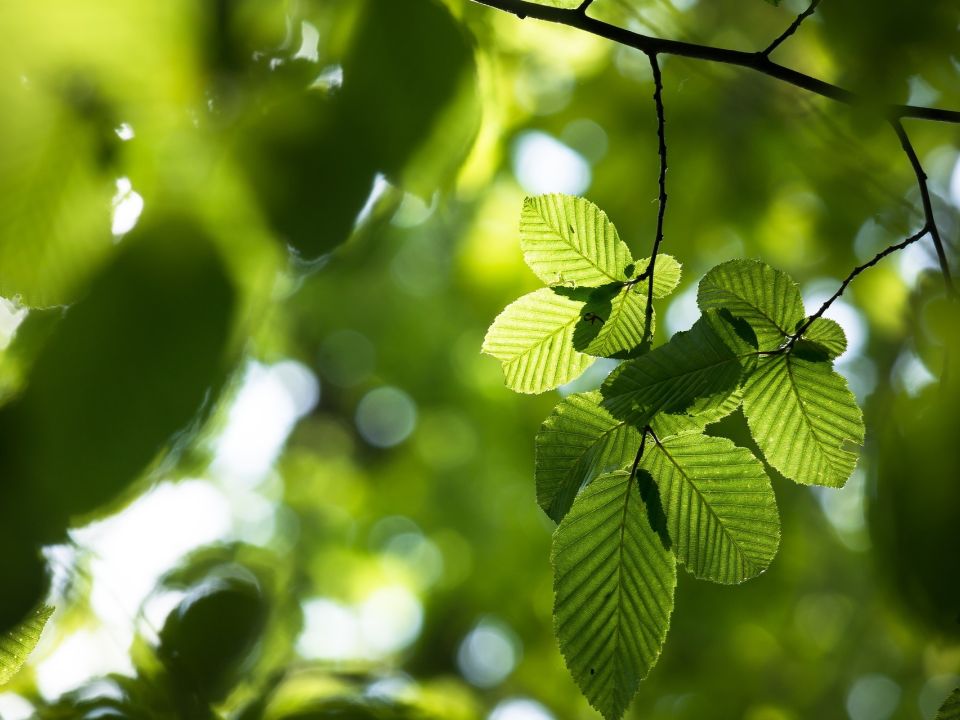
Intreeducing: The Beech
15 November 2018
Intreeducing her highness the majestic Beech, wise and learned Queen of the forest.
-
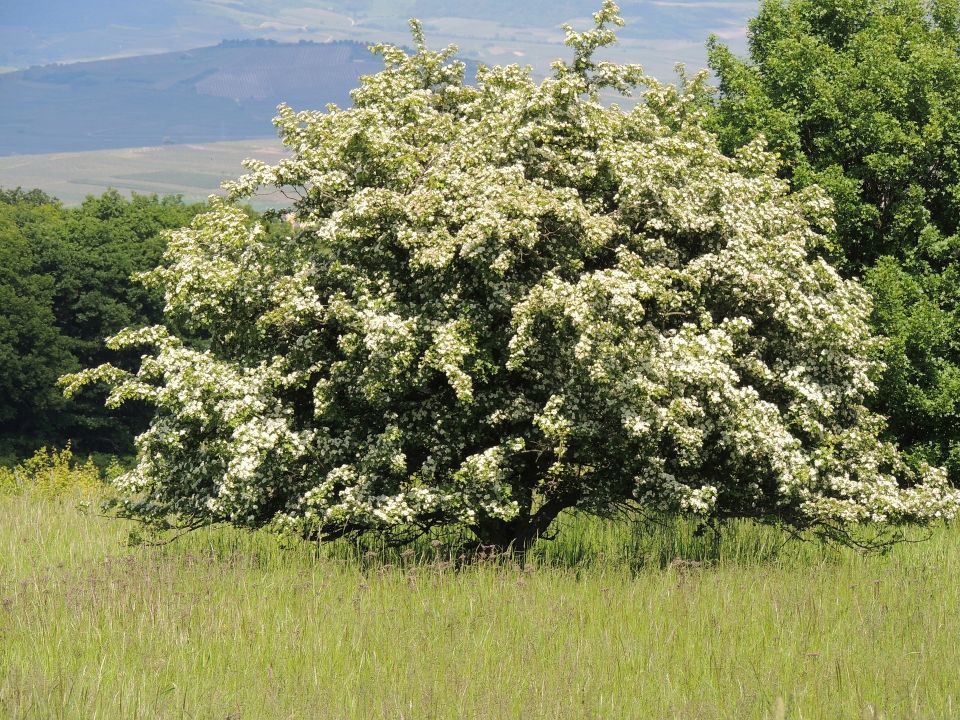
Intreeducing: Magical Hawthorn
27 July 2018
In our new series we take a closer look at the tree species we see around us every day, dig up their colourful past and look for secrets beneath their leaves. Meet the Hawthorn.
-
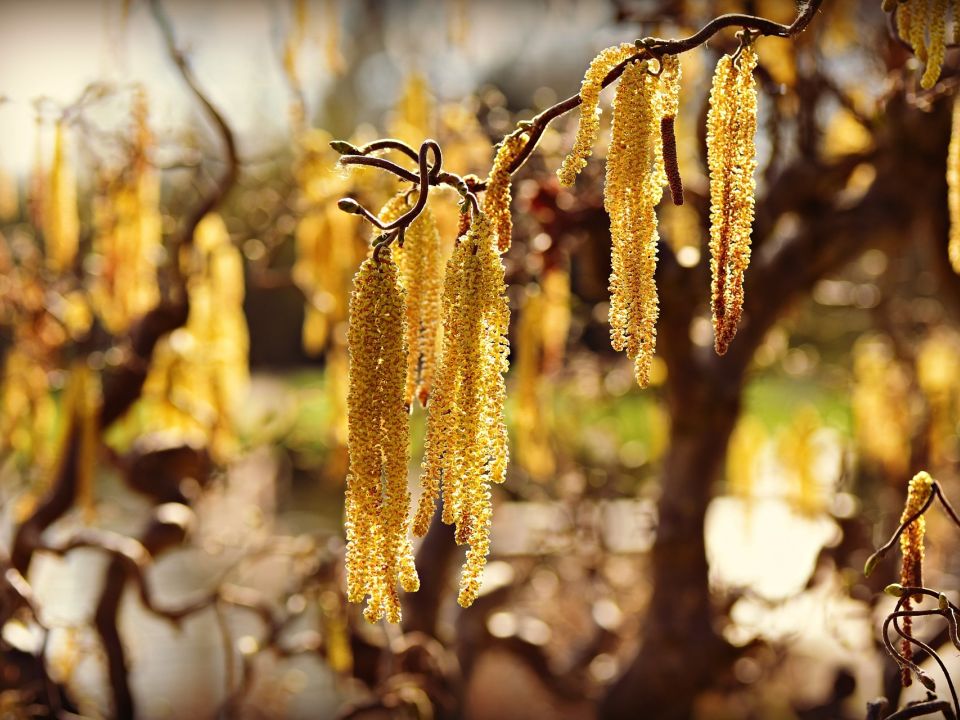
Intreeducing: the helpful hazel
9 March 2019
Although small and easy to overlook, that hazel has many powers, and is not one to be overlooked. Hazel is willowy, nutritious, crafty and has a fiery past.
-
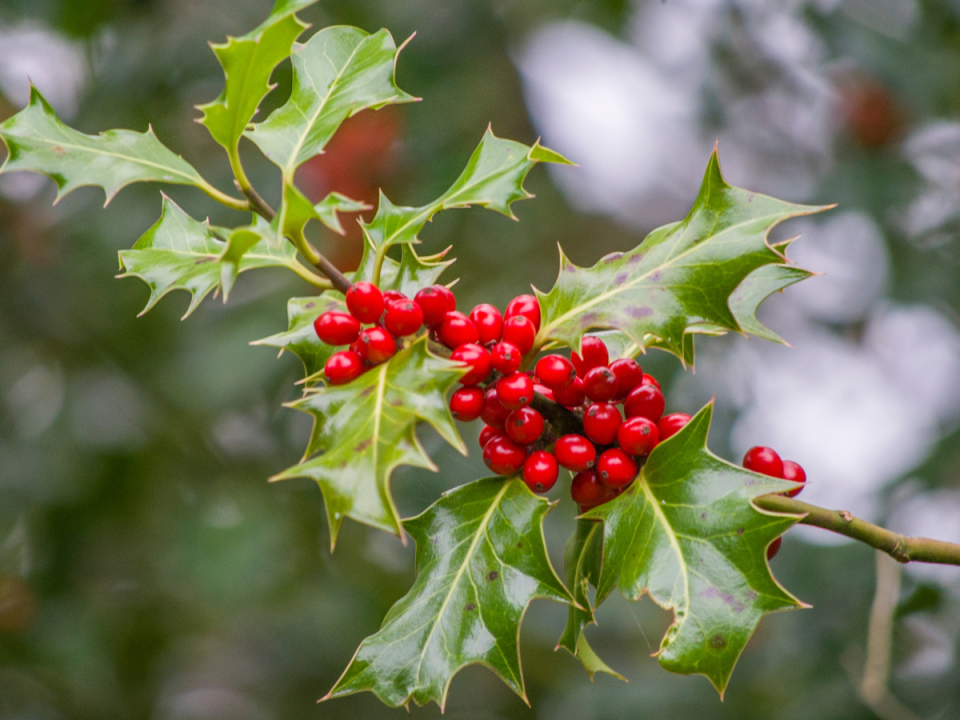
Intreeducing: Holly the magician
28 November 2025
Read on to discover how the holly tree bridges the gap between pagan rituals and modern celebrations, and provides a lifeline for wildlife during our coldest months.
-
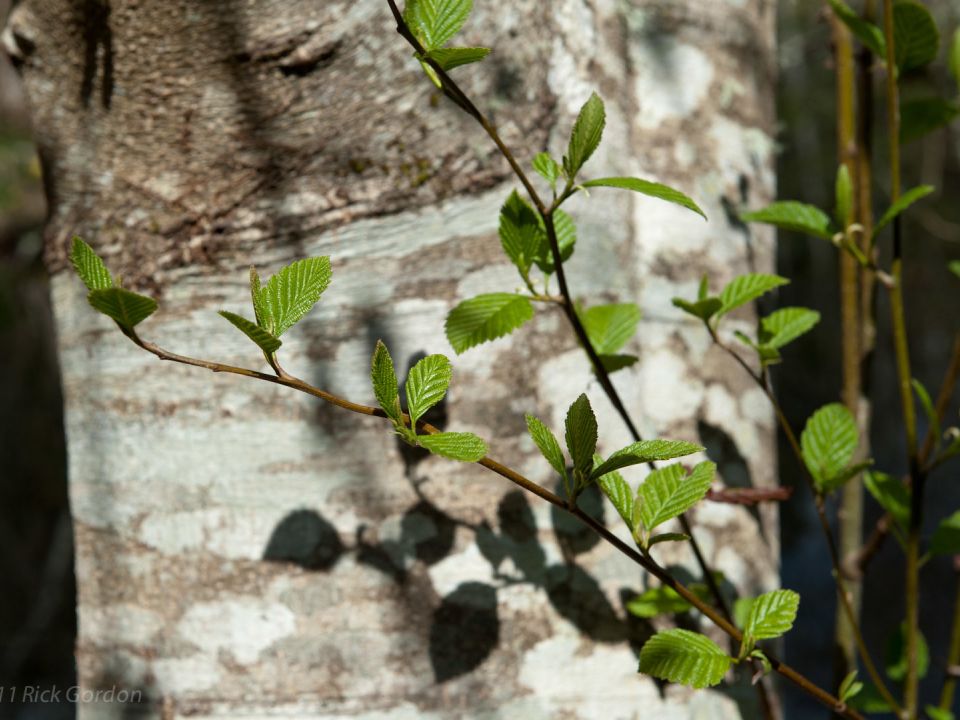
Intreeducing: the Alder – a super hero tree pioneer!
28 September 2018
The Alder is a pillar of the tree community, supporting the survival of other species, and providing shelter to animals and humans too.
Donate to Trees for Cities and together we can help cities grow into greener, cleaner and healthier places for people to live and work worldwide.
Donate